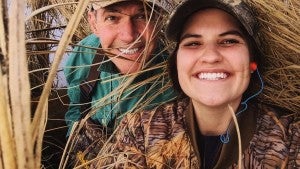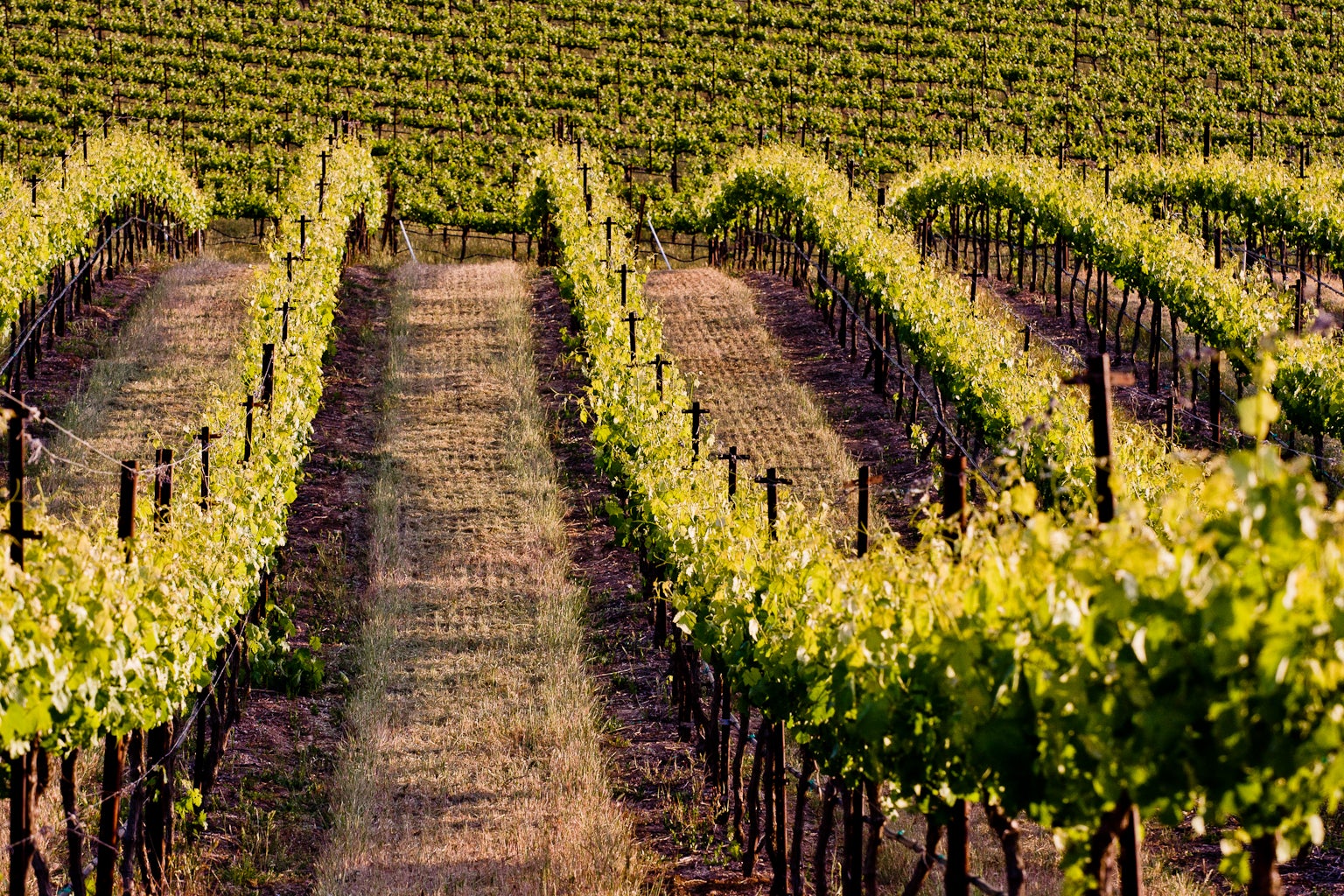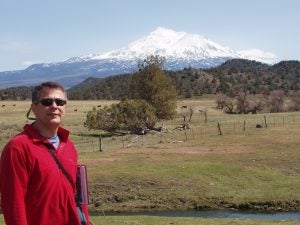
Banks of the Shasta River, Siskiyou County, California (Mount Shasta in the background)
Eastern Tennessee, at the edge of Appalachia, is a beautiful part of the country. Abundant rainfall and a humid climate have created a lush, green landscape filled with thriving streams and rivers. As an adolescent living in this environment, fishing was one of my family’s favorite pastimes. I have such great memories of floating these rivers and catching smallmouth bass and walleye.
But not all streams were great for fishing in Eastern Tennessee. Runoff and sedimentation from widespread coal mining and manufacturing would turn some rivers red. The sight of rivers nearly devoid of life disturbed me and marked the beginning of my slow evolution toward a career in water management.
My career has been a journey, exploring and addressing the nuances that define water, particularly in the western United States. The lure of water led me to Colorado State University, where I received a doctorate degree in watershed sciences. There I immersed myself in water issues, with a big focus on agricultural water use. I made my way back east to teach geology at Radford University before moving to California to begin work as a watershed engineer and consultant.
Today, as an associate vice president at Environmental Defense Fund, I am focused on developing collaborative solutions for managing water scarcity throughout the West. Read More










 Many of us spend a considerable amount of time thinking about food – whether it’s deciding what’s for dinner or how healthy something is for our family. Given that I work on food sustainability and am married to a chef, I spend an even more extreme amount of time thinking about food.
Many of us spend a considerable amount of time thinking about food – whether it’s deciding what’s for dinner or how healthy something is for our family. Given that I work on food sustainability and am married to a chef, I spend an even more extreme amount of time thinking about food. Journalist Michael Pollan deserves credit for elevating the national conversation about food. Over the course of 25 years, his articles and books have thoughtfully contemplated the troubling side effects of the American diet and the way our food is produced.
Journalist Michael Pollan deserves credit for elevating the national conversation about food. Over the course of 25 years, his articles and books have thoughtfully contemplated the troubling side effects of the American diet and the way our food is produced. I first met Justin Knopf at a meeting in DC about five years ago. At 6’3”, he definitely stood out, but not just physically. He openly conveyed how important his family and his land are – the reason he cares so much about making sure his Kansas farming operation can live on is for his children. It’s rare to meet someone so articulate, sincere and committed to sustainability.
I first met Justin Knopf at a meeting in DC about five years ago. At 6’3”, he definitely stood out, but not just physically. He openly conveyed how important his family and his land are – the reason he cares so much about making sure his Kansas farming operation can live on is for his children. It’s rare to meet someone so articulate, sincere and committed to sustainability.
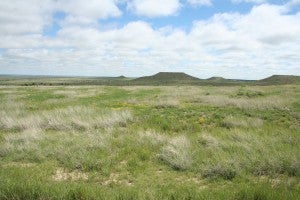
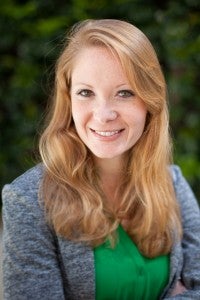 A team of researchers spent seven years dissecting, analyzing and reporting on California’s nitrogen cycle, and the results are eye-opening.
A team of researchers spent seven years dissecting, analyzing and reporting on California’s nitrogen cycle, and the results are eye-opening.